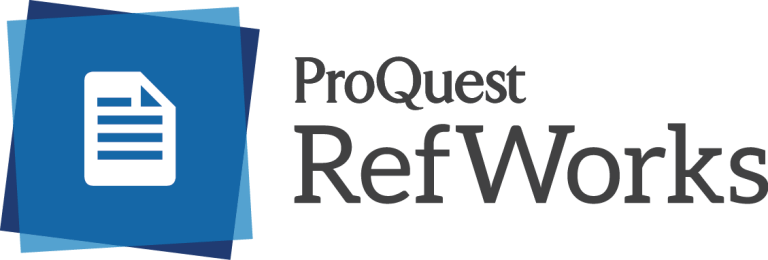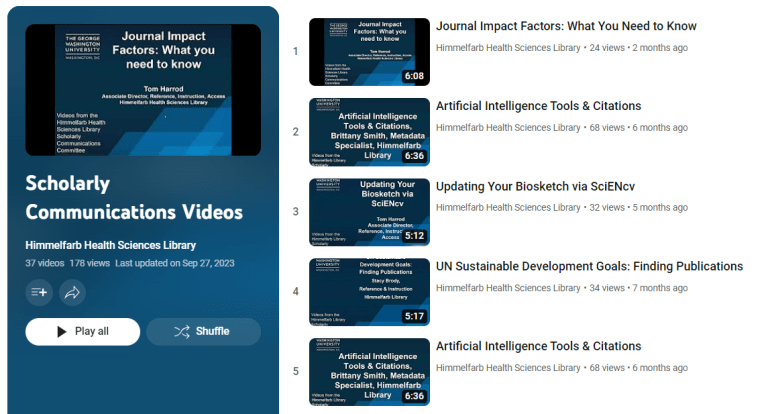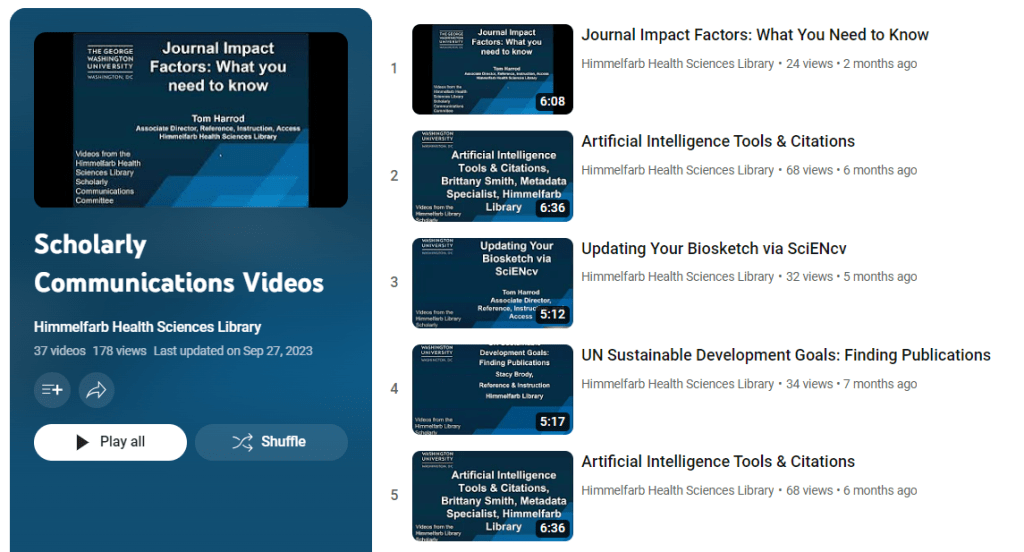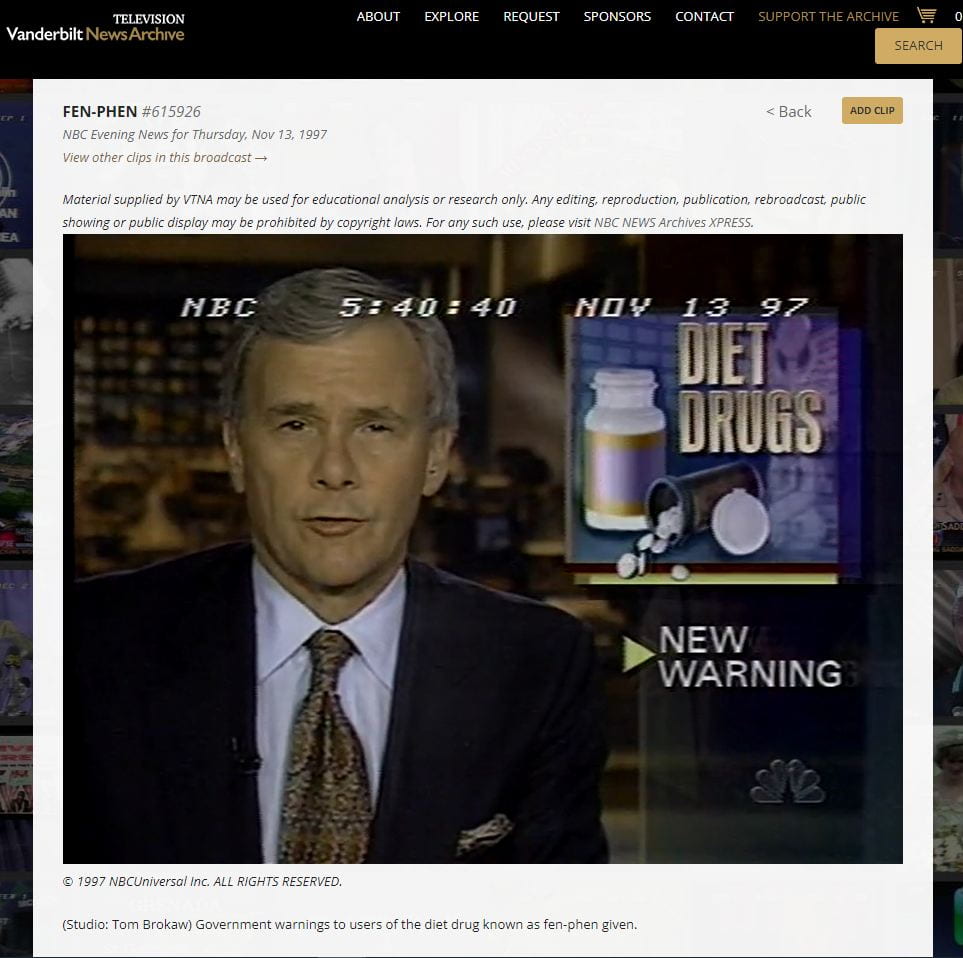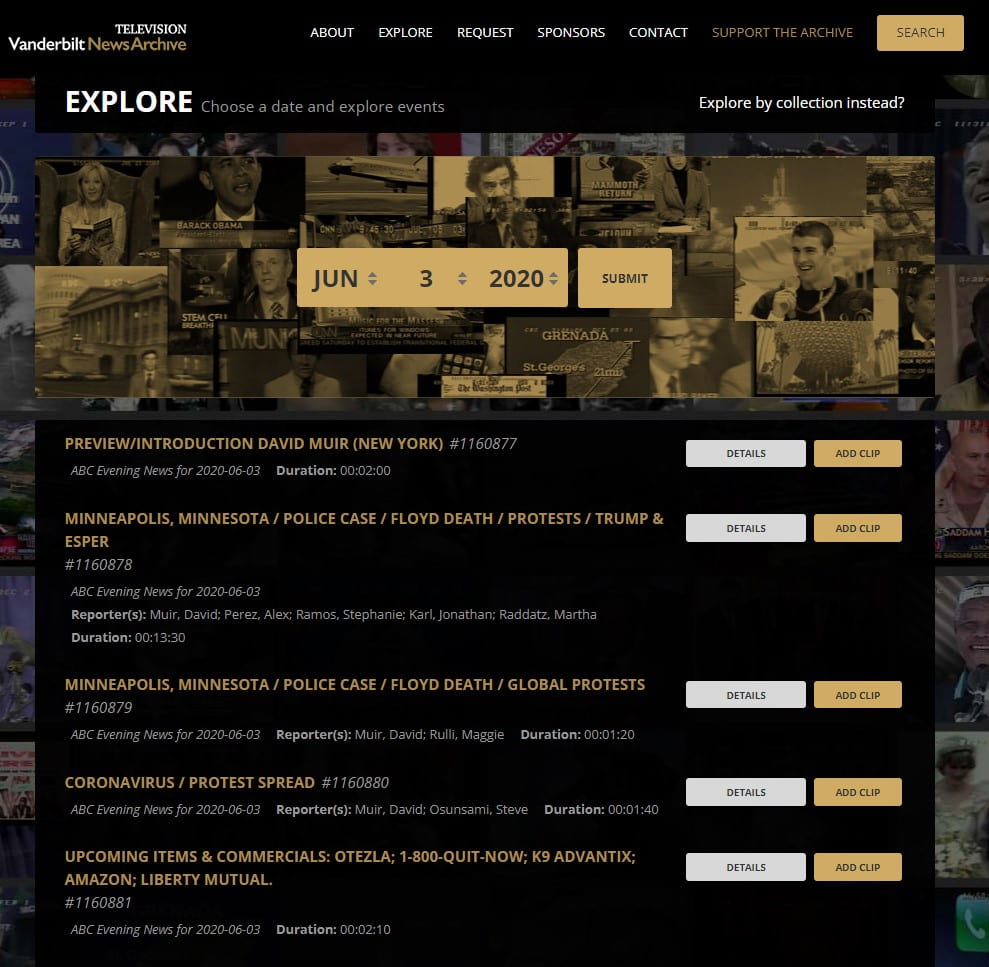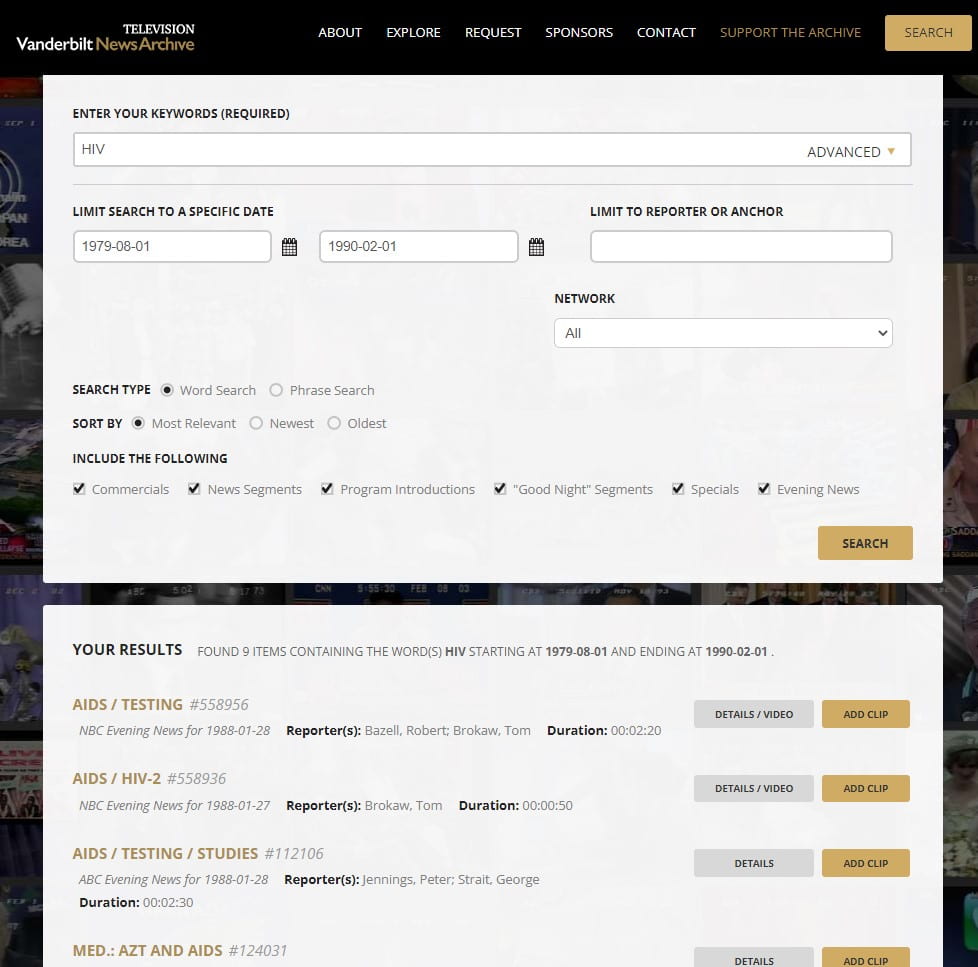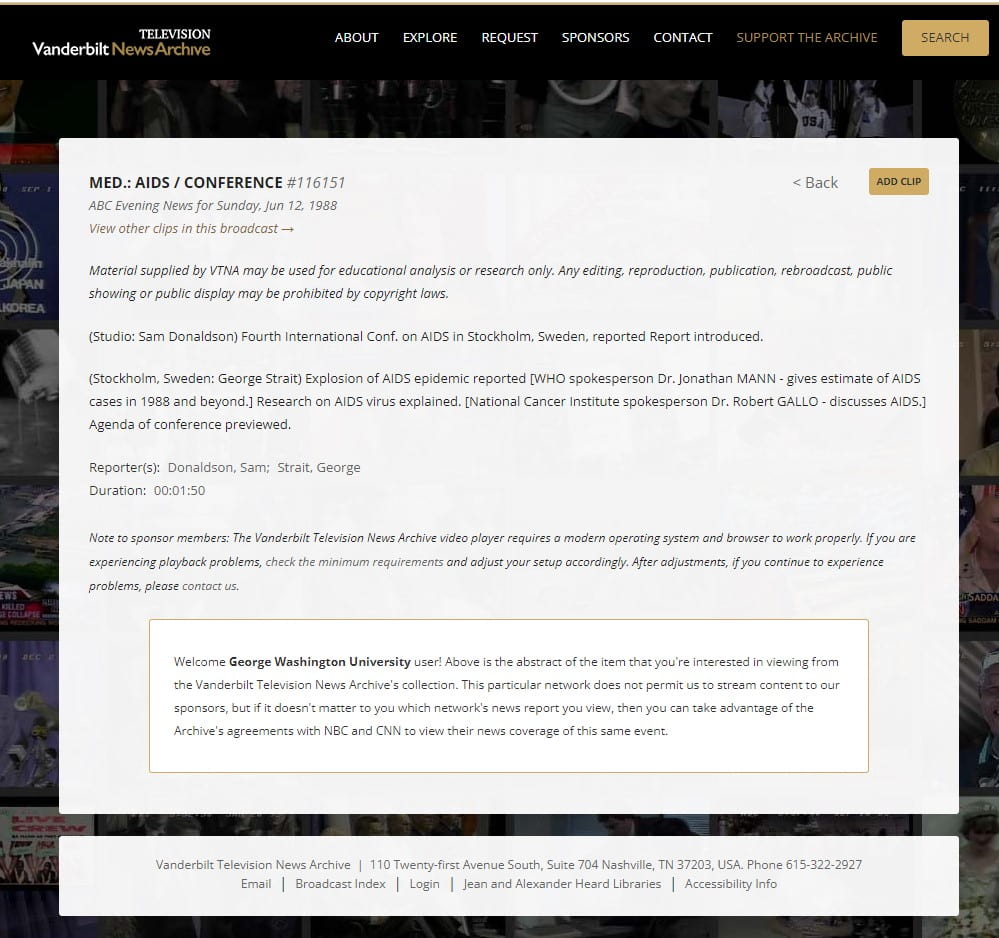
Do you have an article manuscript ready to submit for publication, but aren’t sure how to find the right journal? Finding an appropriate journal for your research can be daunting. With so many scholarly journals to choose from, it can be difficult to know where to start when selecting a journal. But don’t fret - Himmelfarb Library is here to help! There are tools available to help you navigate your options and find the right journal for your research!
Journal Selection Tools
There are numerous tools available to help you identify possible journals that could be a good match for your research.
Abstract Matcher Tools
The following tools let you copy and paste your abstract into the tool, and they provide you with a list of possible journals that could be a good fit for your manuscript:
Publisher Manuscript Match Tools
Multiple large publishers also have services that will help you match your abstract to an appropriate journal.
- Elsevier Journal Finder
- Sage Journal Recommender
- Springer Nature Journal & Funding Finder
- Taylor & Francis Journal Suggester
- Wiley Journal Finder
- Wolters-Kluwer Journal Finder
Journal Information Tools
Once you have a list of potential journals, do your research about each title to determine which journal would best fit your needs. The following tools provide information about specific journal titles that can help you decide where to submit your manuscript:
- Journal Citation Reports: Look up key journals in your field, sortable by impact factor, Eigenfactor, and other metrics.
- Cabells Directory of Publishing Opportunities: Look up journal titles to find contact information, manuscript and submission guidelines, and metrics to support selecting titles for submission. Cabells also tracks predatory journals, which are described further below..
Learn more about these tools in Himmelfarb’s video tutorial: Journal Selection Tools: Choosing the Right Journal for Your Research
Is Your Manuscript a Good Match for a Journal?
Journals usually have “information for authors” pages on their websites that lay out the Aims and Scope of the research they publish. Once you have a list of possible journals, take a look at the Aims and Scope sections of each journal's website and decide whether or not your manuscript matches the research and topics the journal normally publishes. If you’re not sure if your paper is a good fit for the journal, reach out to the journal editor, send them your abstract, and ask them if they think your manuscript is a good fit for the journal.
Making Sense of the Metrics
Journals advertise citation metrics to demonstrate their relative importance in the field. Journals with higher citation metrics are usually more selective in the articles they publish. Various metrics evaluate relative journal quality, and each metric uses different methods. These metrics signify how frequently articles published in a specific journal are cited in other journal articles. Two important metrics to consider are Journal Impact Factor and CiteScore.
Journal Impact Factor
Journal Impact Factor (JIF), calculated by Web of Science, can be found on the Journal Citation Reports website (may be paywalled for non-GW affiliates). The Journal Impact Factor is the number of times a journal is cited during a given year divided by the sum of the number of articles published during the previous two years. Learn more in our Journal Impact Factors: What You Need to Know tutorial.
CiteScore
CiteScore, similar to JIF, is calculated by Elsevier’s Scopus. CiteScore is the number of citations articles in a journal received during the last four years divided by the number of articles published in the same four-year period. Check out CiteScore Methodology to learn more about this metric.
Metrics and Your Manuscript
It’s important to have realistic expectations when selecting a journal for your research. Journals with higher JIF or CiteScores are more likely to publish cutting-edge research with novel or important findings. Research with less novel findings tends to find homes in journals with lower JIF or CiteScores. Knowing how likely your article is to be published in a journal with a higher or lower JIF and CiteScores can help you save time by submitting your manuscript to a journal with an appropriate JIF or CiteScore.
Open Access Journals and Support From Himmelfarb
Deciding whether to publish your manuscript as open access is another key decision to make when considering where to publish. Publishing open access will make your article publicly available to everyone. Publishing in a traditional subscription-based journal means that your article will be paywalled and only available to readers who subscribe or have access through a library's purchased subscription to the journal. The following terminology is important to know when considering publishing open access:
- Fully Open Access: Every article is published Open Access and made publicly available to read. Authors are often required to pay Article Processing Charges (APCs) to cover the cost of publication.
- Hybrid Journal: These journals allow authors to choose to pay an APC and publish their articles as Open Access or not pay an APC and have the article published behind a paywall.
- Subscription Only or Closed Journal: These journals do not offer Open Access options, and all articles are published behind a paywall. These journals rely on revenue from libraries and other subscribers to pay for access via yearly subscriptions.
Free APCs at GW
GW has current “transformative agreements” with Cambridge University Press and The Company of Biologists that allow GW authors to publish research as open access at no cost to authors. Article Processing Charges (APCs) are waived with these publishers! Cambridge University Press publishes roughly 50 health sciences-related journals covered under this agreement. The Company of Biologists agreement includes 5 titles:
- Biology Open
- Development
- Disease Models & Mechanisms
- Journal of Cell Science
- Journal of Experimental Biology
Look Out for Predatory Journals
Before submitting your manuscript to a journal, do your due diligence to ensure that the journal is not predatory. Predatory journals pretend to be legitimate academic journals, promote false or misleading metrics, and have unethical business practices that fail to follow scholarly publishing best practices. Predatory journals often promise quick article publication, frequently lack a peer review process, and don’t have archiving policies, which can result in your work disappearing from the internet.
Cabells Directory of Publishing Opportunities tracks predatory journals and provides violations of scholarly publishing best practices to help you avoid submitting your paper to a predatory journal. Be aware that not all predatory journals in the medical and health sciences fields are listed in this resource. If you have reservations about a title and can’t find it in Cabells, contact Ruth Bueter (rbueter@gwu.edu), who will investigate the journal on your behalf.
Learn more about how to identify predatory journals on Himmelfarb’s Predatory Publishing research guide.
Questions? Himmelfarb Can Help!
Still have questions about choosing a journal for your manuscript? Reach out to us at himmelfarb@gwu.edu, and we can help you navigate the resources discussed in this post!








